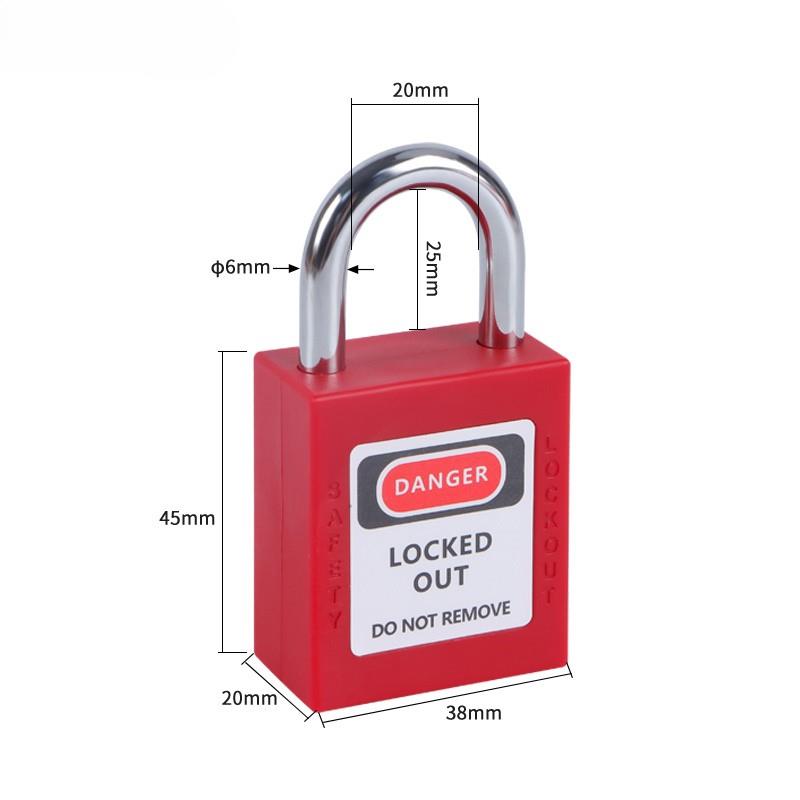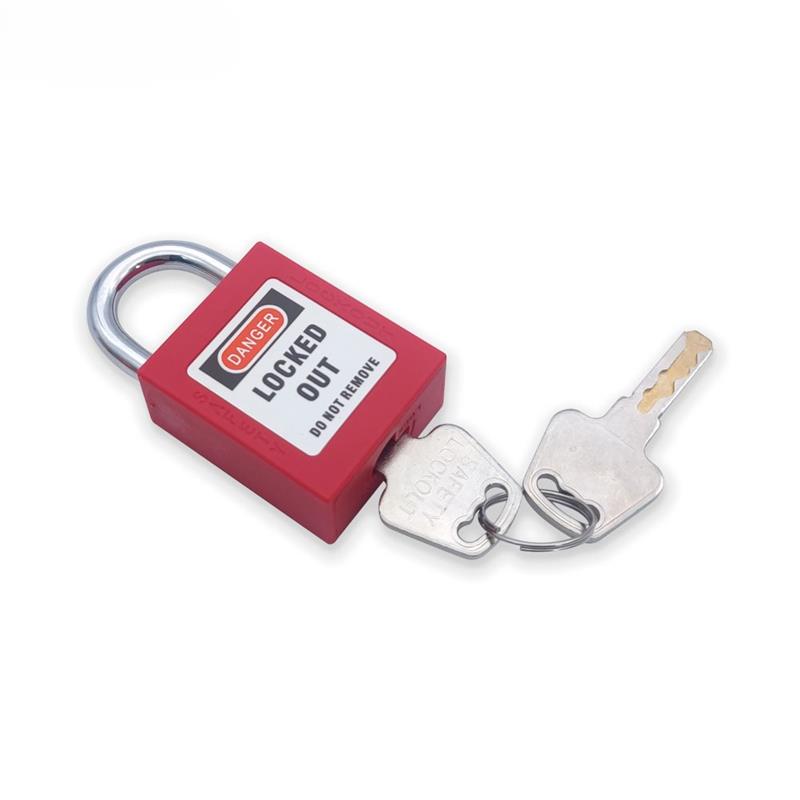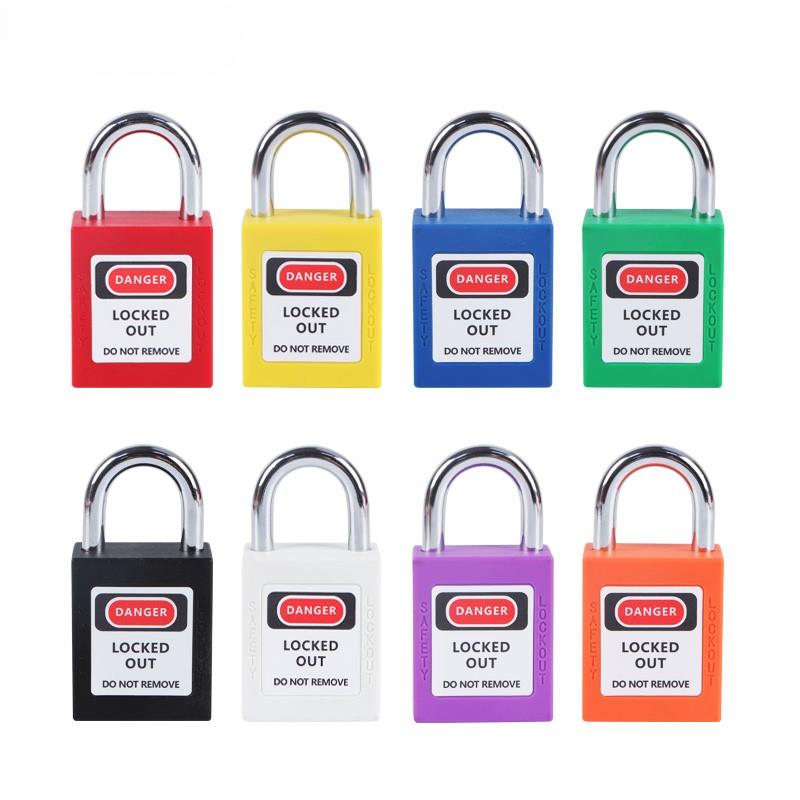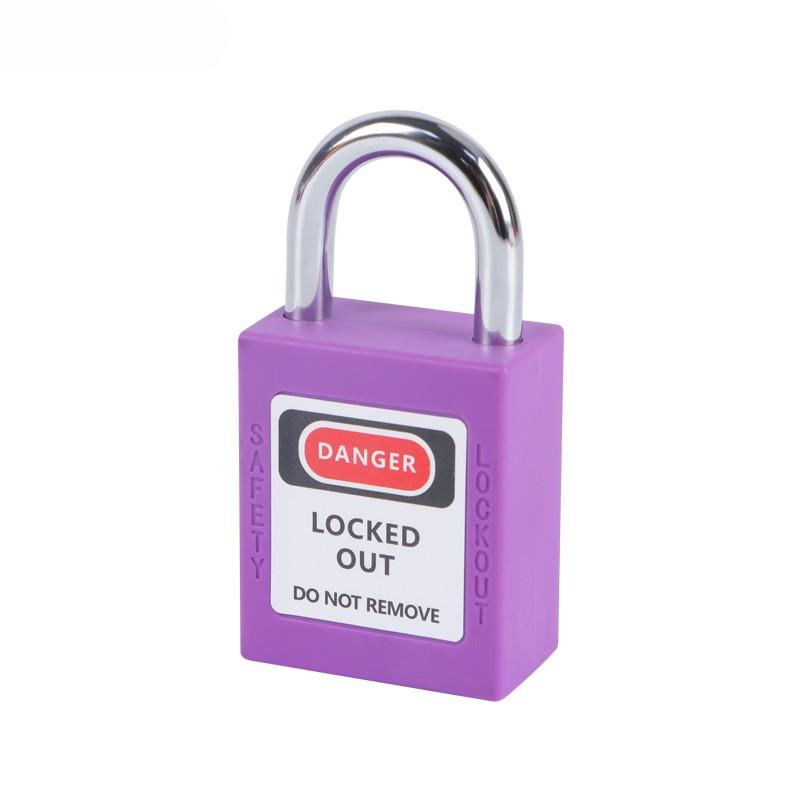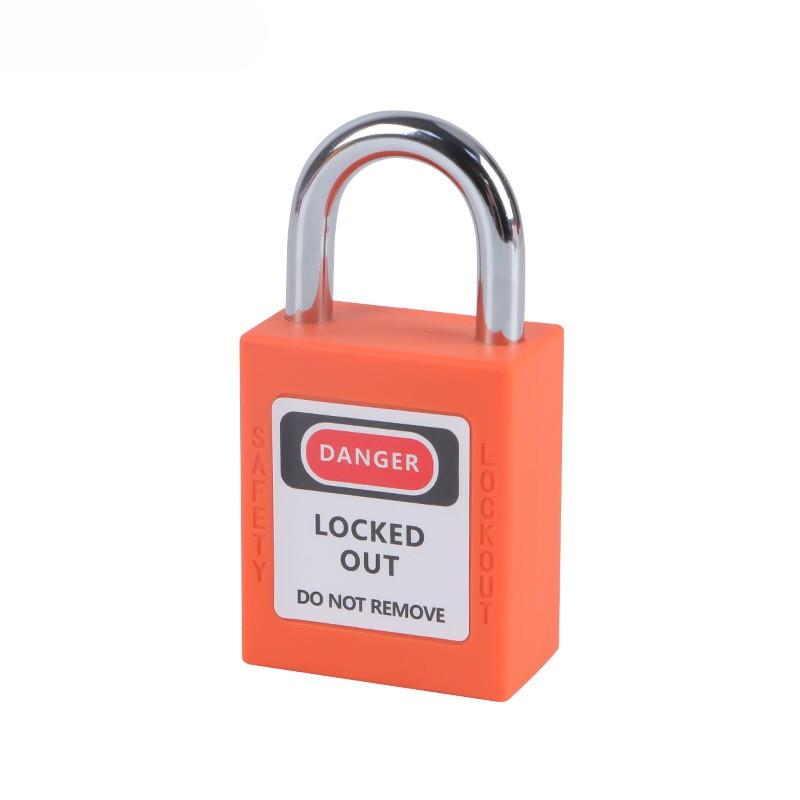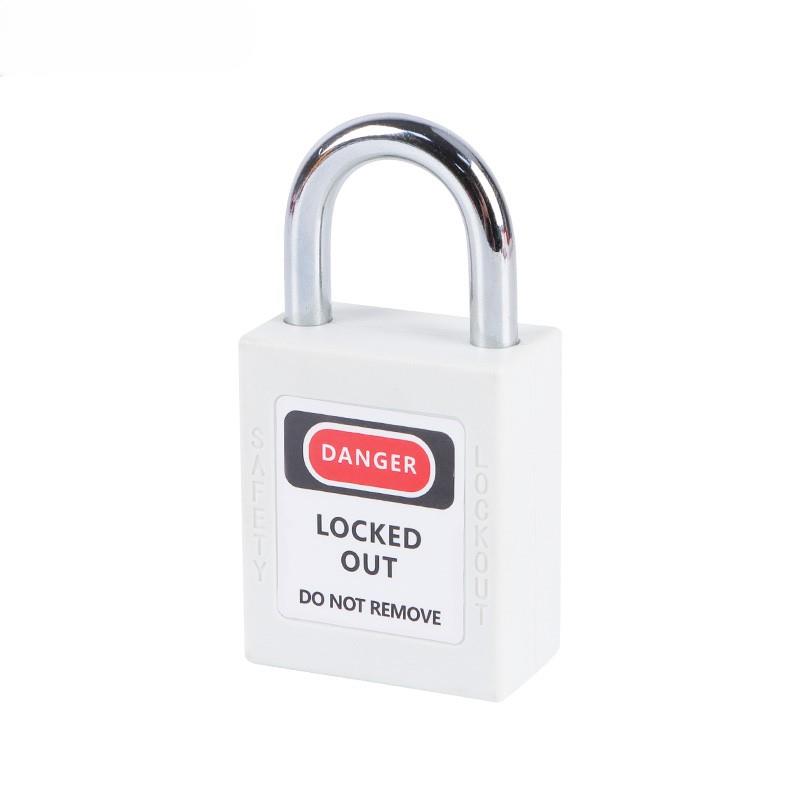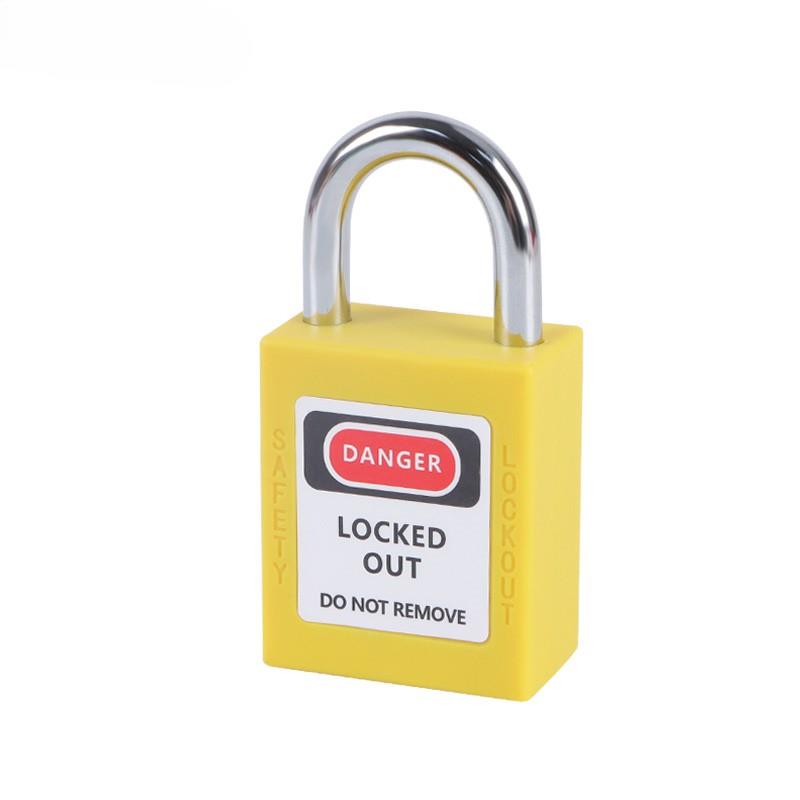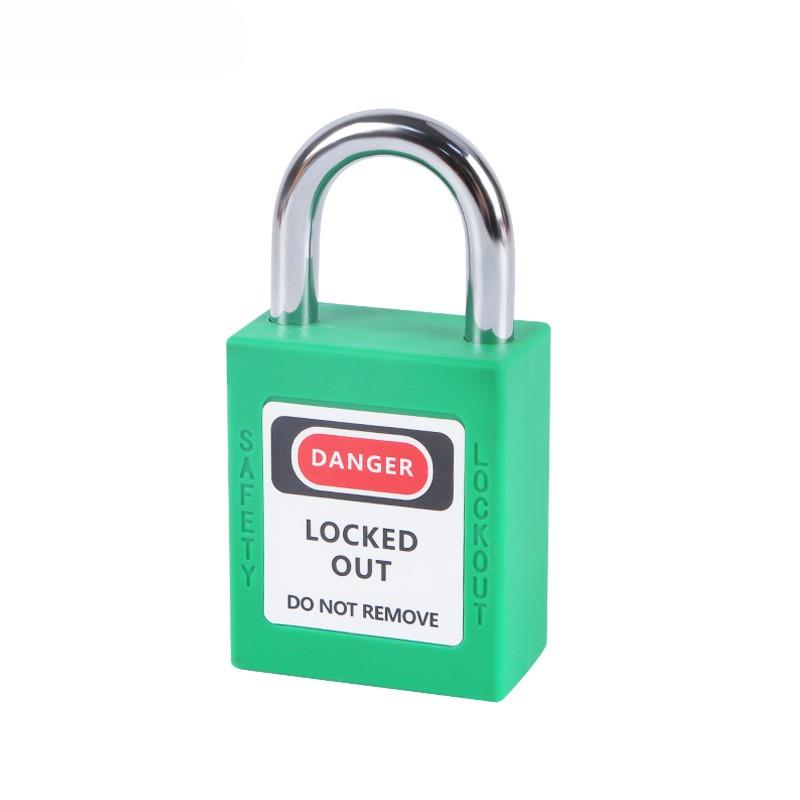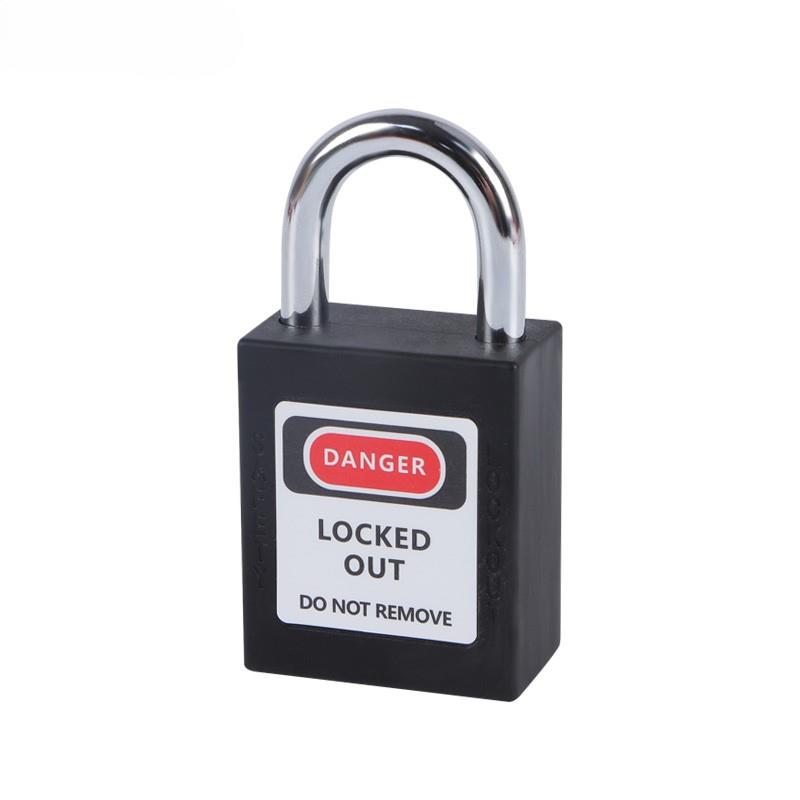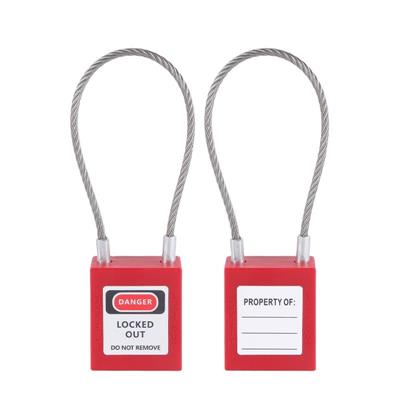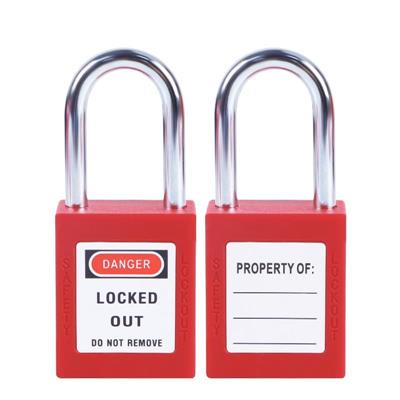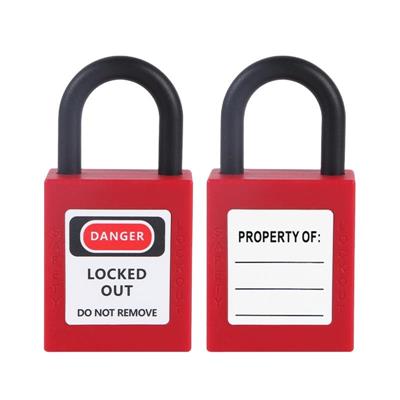Model NO.: M-G25
Product Description:
a) Reinforced nylon body, withstand temperature from -20℃ to 80℃. The steel shackle ischrome plated; withstand temperature from -20℃ to 120℃, ensuring the strength and deformation fracture not easily.
b) Key Retaining Feature: When the shackle is open, the key can’t be removed.
c) Laser printing and logo engraving available if required.
d) Multiple?colors available.
e) Easy to be carried. Widely used in chemical, electrical, automobile industry, etc.With re-writable warning signs.
f) The lock cylinder is?composed of 12 inserts with various combinations and high safety more than 40000 pieces are?separated from each other.
j) Key System: Keyed Different (KD), KD with Master Key(KDMK). Keyed Alike (KA) KA with master key (KAMK)
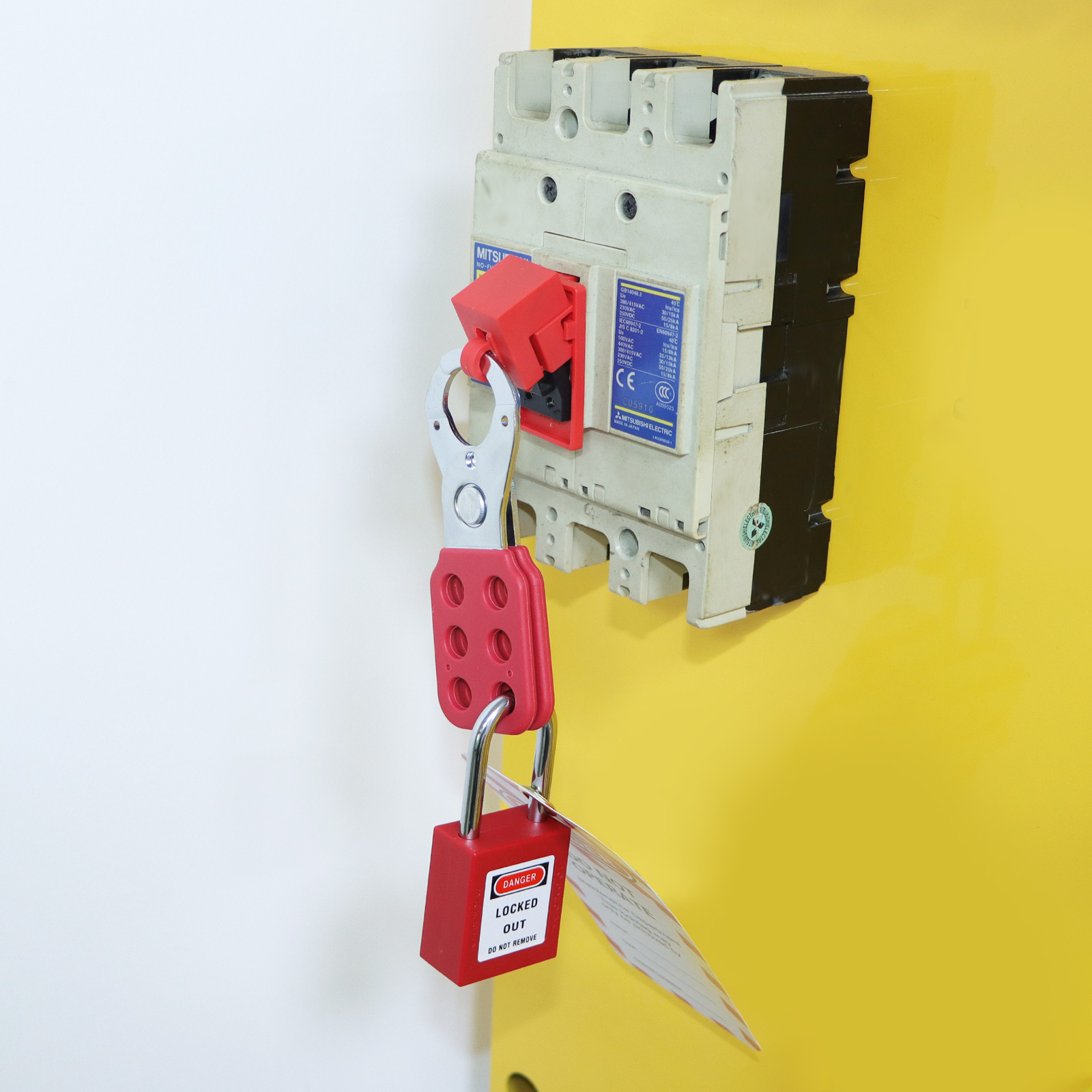
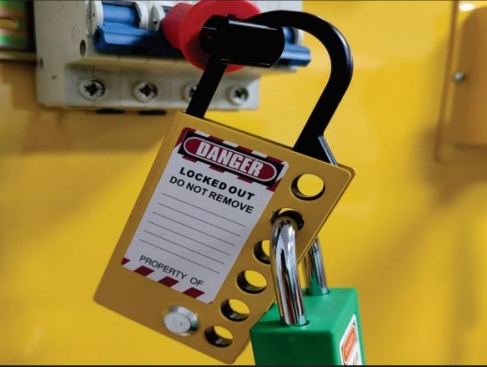
|
Place of Origin |
Zhejiang,China |
|
Brand Name |
QVAND |
|
Model Number |
M-G25 |
|
Material |
PA66 Nylon and Steel Shackle |
|
Color |
Multiple Choice |
|
Body Size |
45*38*20mm |
|
Shackle Diameter |
6mm |
|
Shackle Height |
25mm |
|
Key System |
KA,KD,KDMK,KAMK |
|
Service |
OEM Support |
Customized Programs:
1. Padlock has a label with text: “Danger locked out”/”Do not remove, property”. Label can be customized.
2. The lock body and key can print same code, which is convenient for management.
3. Can be engraved with customers’ logo if required.
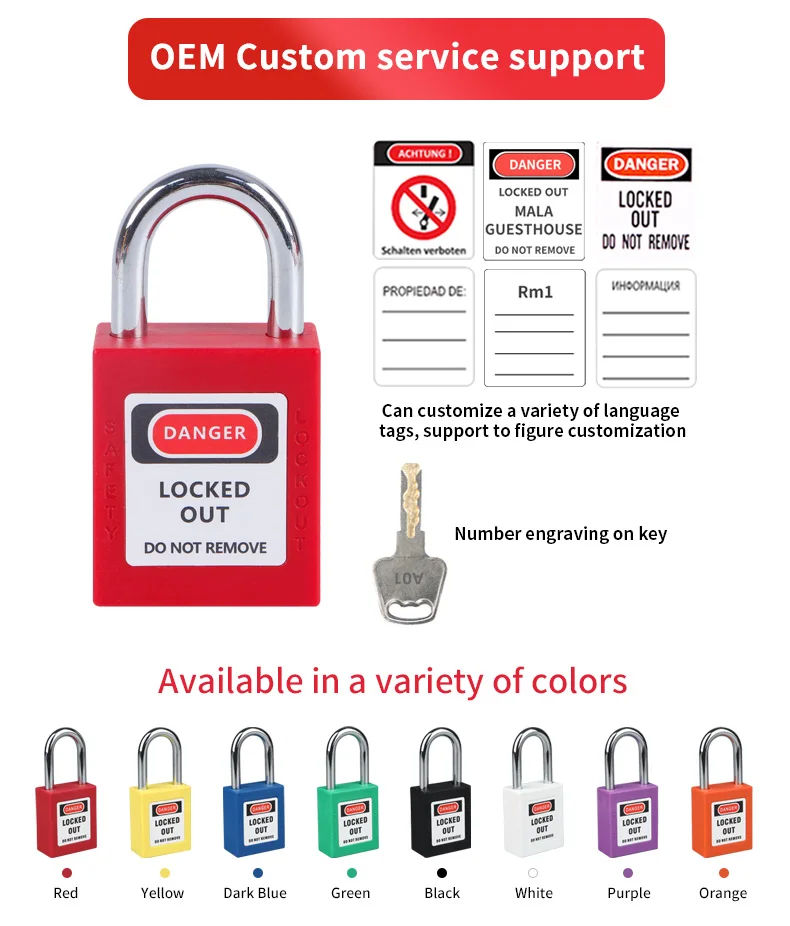
KEY CHARTING SYSTEM:
1. Keyed Differ System(KD): Each padlock is keyed differently,supplied with 1 keys per lock. 20000pcs individual padlocks available.
2. Keyed Alike System (KA): Each padlock is keyed the same. 1 key will open all padlocks in each group.
3. Differ&Master Key System (KDMK): Each padlock is keyed differently, supplied with 1keys per lock. A master key will override and open any of these padlocks.
4. Alike & Master Key System (KAMK): Each padlock is keyed the same in one group. A master key will override and open all groups of Alike keyed.
5. Grand Master Key System (GMK): Each padlock is keyed different in one group. A grand master key will override and open all different KDMK groups.

Lockout-Tagout (LOTO) is a critical safety procedure to prevent hazardous energy release during equipment maintenance or servicing. Here's a structured breakdown of its application:
When to Use LOTO?
LOTO is required in any situation where workers interact with equipment that could release hazardous energy, including:
-
Maintenance/Repair: Servicing machinery (e.g., fixing motors, replacing parts).
-
Installation/Adjustment: Setting up or calibrating equipment.
-
Clearing Jams: Removing blockages in machinery.
-
Tool Changes: Replacing blades, dies, or molds.
-
Inspection/Cleaning: Activities requiring direct contact with hazardous components.
Energy Types Addressed:
-
Electrical, mechanical, hydraulic, pneumatic, chemical, thermal, or gravitational energy.
Where to Use LOTO?
LOTO applies in workplaces with hazardous energy sources, such as:
-
Industrial Facilities: Factories, manufacturing plants, refineries.
-
Construction Sites: Heavy machinery (cranes, excavators).
-
Energy Sector: Power generation/distribution systems.
-
Chemical Plants: Pressurized reactors, pipelines.
-
Laboratories: Equipment with electrical or thermal hazards.
Key Compliance Points
-
Legal Requirement: Mandated by OSHA (29 CFR 1910.147) and similar regulations globally.
-
Training: Employees must be trained to authorized (perform LOTO) or affected (work near LOTO) levels.
-
Procedure Steps:
-
Prepare: Identify energy sources and notify affected workers.
-
Shut Down: Turn off equipment via normal controls.
-
Isolate Energy: Disconnect power sources (e.g., circuit breakers, valves).
-
Apply Locks/Tags: Use standardized devices to block energy reactivation.
-
Verify De-energization: Test equipment to ensure zero energy.
-
Restore Safely: Remove locks/tags only by the authorized worker.
-
Exceptions
-
Cord-and-Plug Equipment: LOTO may not apply if the plug is under the worker’s sole control.
-
Minor Tool Adjustments: Excluded if they are routine and integral to normal operations.
Common Missteps to Avoid
-
Assuming unplugging is sufficient without a lock.
-
Failing to use group LOTO for multi-worker tasks.
-
Neglecting to verify energy isolation before starting work.
Purpose: Protect workers from unexpected startup or energy release, ensuring a safe work environment. Always prioritize LOTO to comply with safety standards and prevent accidents. 🔒⚠️


